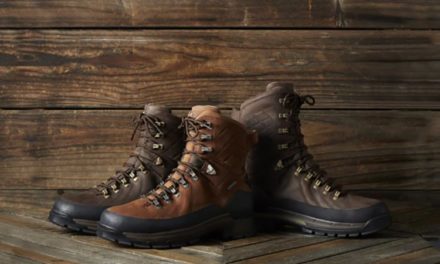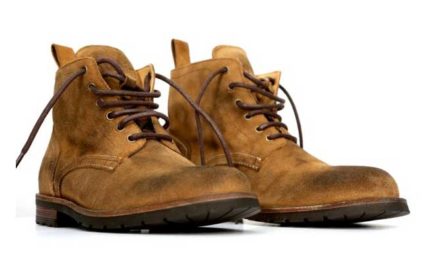No sensible man engages in honest, manual work in a pair of Oxfords. Men need work boots, which can get scuffed and dirty, withstand hard wear and tear and keep a man’s feet and ankles secure and safe.
Unfortunately, good work boots are harder to find than many men expect. Here is a guide to finding the right qualities in a perfect pair of work boots.
First: What Is the Work?
Not all work warrants the same kind of work boots. Some jobs involve chemicals that can melt the materials of a shoe and skin together; other jobs involve heavy materials that will crush the bones of the foot into dust. Other jobs still are not particularly dangerous but nonetheless require sturdy and comfortable slip-on work boots that can be worn all day, every day. It is important for men to understand the risks and responsibilities of the work before they start looking for work boots, as certain design features might be more important than others for specific tasks and jobs.
Still, those on the hunt for an excellent all-around work boot should always prioritize the following features:
Toe Protection
Toes are some of the most injured body parts, especially on busy and treacherous work sites. The best and easiest way to protect toes from unnecessary damage is with a strong material built into the toe cap of work boots. Here are three types of work boot toes to watch for:
Steel toes. Steel is the most well-known material for toe protection, but it is not always the best. Steel toes can be heavy and cold, especially in winter, and they will be a nuisance around magnets.
Aluminum toes. Aluminum can be just as strong as steel, but it weighs significantly less and does not conduct temperature. However, aluminum toes tend to be bulky, as more of the metal is necessary to maintain strength.
Composite toes. An incredibly strong composite plastic made from a mix of carbon fiber and Kevlar, composite toes have none of the downsides of steel or aluminum. Yet, they can be on the expensive side.
Strong Outsoles
The details of boot soles are more dependent on the job than other elements of a boot’s make. Considerations like the pattern of the tread, the material and thickness of the sole, the height of the heel and more will matter in different work environments and circumstances. However, when it comes to outsoles, every man has one primary choice to make:
TPU outsoles. Thermoplastic polyurethane (TPU) is a versatile type of plastic that is highly durable and highly flexible. When used as an outsole, this material provides resistance to abrasion and chemicals without adding any unnecessary weight. Yet, because TPU is relatively new, it can be rare and more expensive in work boots.
Rubber outsoles. The most common outsole material, rubber, is abrasion-, slip-, and oil-resistant, making it appropriate for a wide variety of work environments.
Comfortable Insoles
The feet are the foundation of the body, and when the feet lack adequate support and comfort, every other joint and muscle group in the body can suffer. Because work boots are worn for a substantial amount of time — time spent performing labor-intensive tasks — it is essential that men find boots that continue to be comfortable beyond the first few hours of wear.
The most comfortable workboots will support and cushion your feet. Supporting your feet and the natural biomechanical shape of your feet will make them more comfortable at work.
While there are some work boot makers that prioritize the durability of their insoles, the truth is that most men will need to invest in aftermarket insole solutions. To choose the right insole, men will need to get to know the structure of their feet, specifically whether they have:
High arches. High arches need arch support from an insole to help distribute the weight of the body more evenly. Without arch support, the connective tissue of the feet will become tired and could collapse.
Flat feet. Low arches benefit from deep heel cups, which help to stabilize the back of the foot as weight is distributed evenly across the rest of the sole. Any other type of support could dig into the foot and cause discomfort.
Every man’s perfect pair of work boots looks different — because every man is unique. Fortunately, there is a pair of work boots out there for everyone, and all men need to do is shop around.















